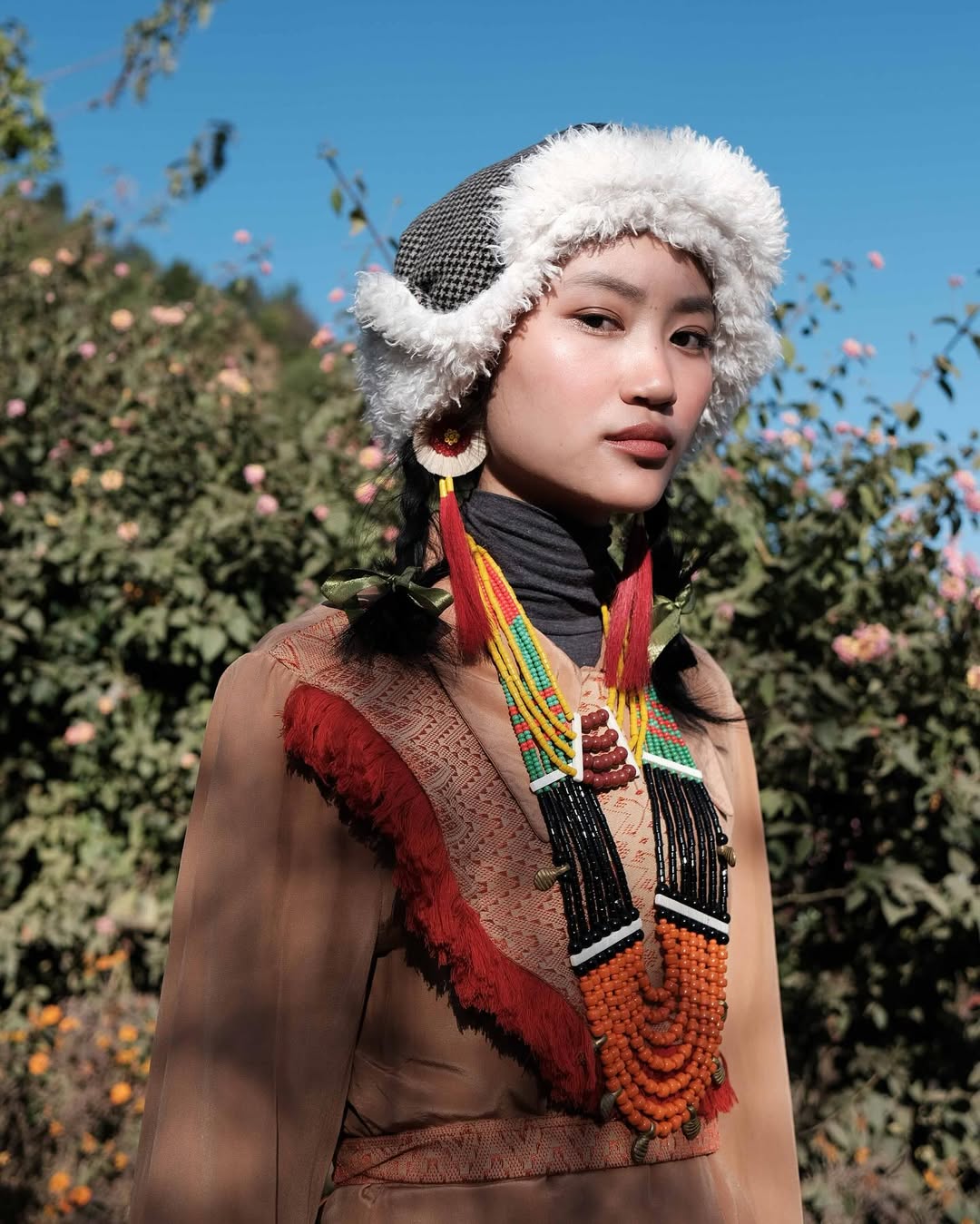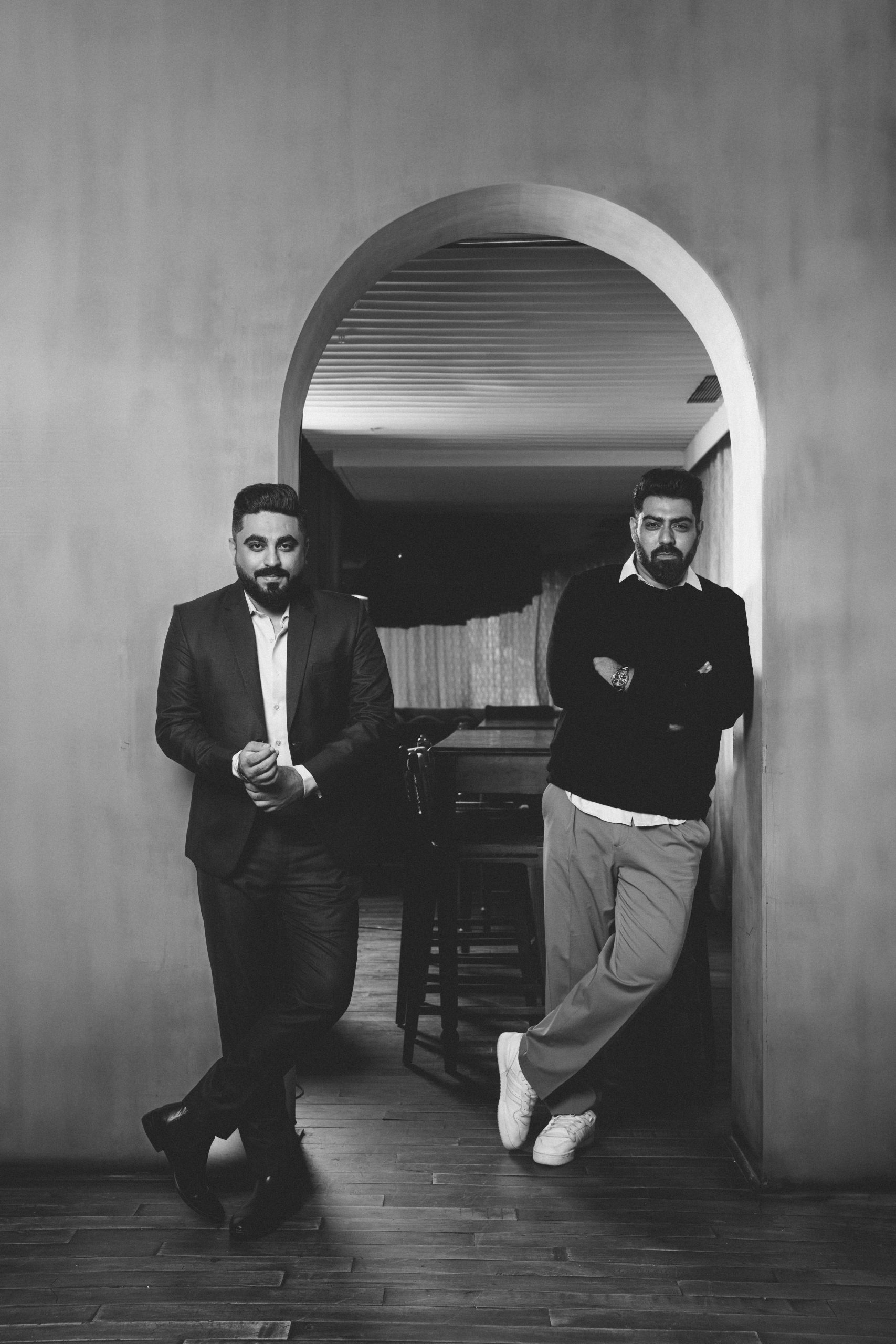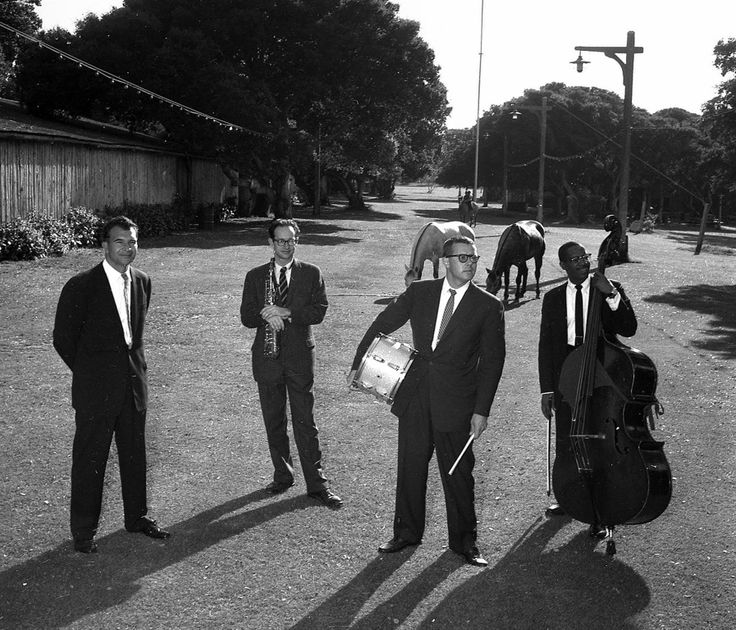When the weavers saw their photographs from Otsüverse — an event where the Northeast’s identity came alive in the heart of Mumbai — they called Asenla right away. Their smiles captured on Otsü’s Instagram, hands still moving across looms, and threads caught mid-pull — this is what made their craft monumental. For the women who spend decades weaving — often the sole breadwinners of their families — this visibility was validation. It confirmed what they had always known: that their work carries weight, holds memory, and sustains culture. And it was now being recognised far beyond the hills where it had subtly endured for generations.
This is the work of Otsü. Founded by Asenla Jamir, Otsü — meaning ‘stories’ in the Ao Naga dialect, is less interested in fashion and more in memory. Each design carries generations forward, reinterpreting tradition instead of just replicating it. The brand works exclusively with female weavers from Nagaland, creating contemporary designs inspired by indigenous textiles from the 16 Naga tribes. Every collection is limited and every piece, one of a kind. In Otsü’s lexicon, the words ‘mass production’ simply don’t exist.
The Akira wrap dress — Naga artistry — reiterated in fibre and form
But to call Otsü sustainable would be to undersell its philosophy. This is not a brand responding to contemporary urgency with borrowed solutions. It is a Naga brand whose sustainability is inherited knowledge, embedded in their culture. Asenla grew up in Assam, where the cotton gamusa had a home in every wardrobe and khadi and linen were everyday essentials. The culture of reuse was so ingrained that it was invisible: it was in the fermented food that recycled ingredients, in the thrift shops that sold pre-loved clothing long before vintage became a fad, and in fabrics passed down in families like heirlooms because quality meant longevity.
“Since I was a child, I’ve seen thrift culture play a very prominent role in the Northeast. It isn’t something that grew popular now, it’s been around for a long time in these regions,” she explains. In these villages, locals weave their own fabric and make their garments at home. “There are so many ways in which sustainability has shaped my life — our lives — and it has done so in a very organic manner,” Asenla says. “I’d say sustainability originated right here in the Northeast.” This understanding of living in accord with materials, wasting nothing, and treating everything with care was practised daily and understood as common sense rather than conscious activism. Knowledge which is practiced, not performed. “I could plainly say that I wanted to do this because it was the need of the hour, but I always knew that these values were what I would employ in my brand too,” she adds.
When Asenla began designing for Otsü her first collection was a homage to the Ao tribe — sourcing pre-loved pieces and upcycling them with traditional textiles. 25 to 30 pieces per collection, each one inimitable. Now, she designs the patterns herself, drawing inspiration from traditional techniques while creating contemporary ready-to-wear interpretations. What she is doing at Otsü is not innovation, but continuation. An amplification of fundamentals that have always existed. “I’m not doing what I am doing for fashion,” she says. “I’m doing it because I want to share what I’ve learnt during my travels and experiences with the people of Nagaland. It’s about reflecting that in my designs.” This distinction matters. In an industry obsessed with the next big thing, the new thing, or the disruptive thing, Otsü offers something more profound: respect for what has always been.
(L-R) The Northeast’s identity celebrated in weave and intent; Heritage held in steady hands
The textiles from the Naga tribes are not ordinary cloth. They are cultural signatures woven into fibre. “Each and every pattern has a distinct meaning of its own,” Asenla explains. Her research into their heritage dates back to the 1920s and 1940s, to a time when British anthropologists and pastors first documented these communities. “Before that, our motifs were drawings on the walls. We used to worship nature,” she says. Don’t mistake these weaves and patterns to be decorative choices borrowed for aesthetic appeal. They have all stemmed from years and years of work by ancestors, and Otsü tells their stories through thread.
When Asenla promotes and sheds light on these women, she is shedding light on their partnership and expertise, which runs deeper than any formal design education. The opposite of tokenism, it is acknowledgment that the brand exists because of their knowledge, not despite it. “When I see the weavers happy and enjoying their work, it gives me immense joy,” she says. “They, too, are happy and often excited when I share my designs with them, because they sort of get to break out of the monotony of traditional patterns.”
Asenla Jamir — guided by instinct, informed by culture
Asenla is clear about her role. “I’m just sharing what I know with the world,” she explains. There is no grandstanding here, no claims to having discovered something new. Just purposeful work. The weavers featured in Otsüverse understood this instinctively. Their joy came from recognition, yes, but it was primarily about being a part of a continuum — their hands, their knowledge, their craft moving forward into the world while remaining rooted in their landscape. Otsü demonstrates that ethical fashion is about humility and not just innovation. It draws on the sagacity of those who have always known how to live in balance with their materials, makers, and meaning.
Her latest collection, Echoes, uses organic cotton, natural fibres, and natural dyes maintaining a palette rich in greens, blues, reds, yellows, blacks, and whites that have dominated Naga textiles for generations. Each motif and colour is rooted in a cultural narrative that predates fashion itself. These designs do not belong in museums or on moodboards pinned with ethnographic intent. At Otsü, they belong in motion — worn, weathered, and remade again.
(L-R) Seasonless silhouettes, motifs with meaning: the memory Nagaland keeps; Echoes: design that honours craft without compromise
“I’m afraid the craft is dying, and that’s because nobody is wearing it,” Asenla admits. “Even in Nagaland, you don’t often see youngsters wearing anything traditional,” Her solution was fusion. Contemporary silhouettes that make Naga heritage feel current, wearable, and effortless. It’s about letting culture live on through everyday expression — preservation without pretense.
Perhaps that is Otsü’s greatest luxury: depth. In a market saturated with tokenism, here is a brand that offers substance — fashion that deserves attention without demanding it.
Words by Rhea Sinha
Photographs by Menty Jamir and Allem Longkumer











